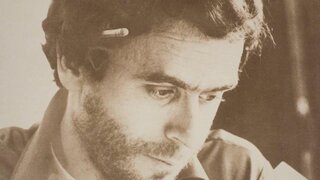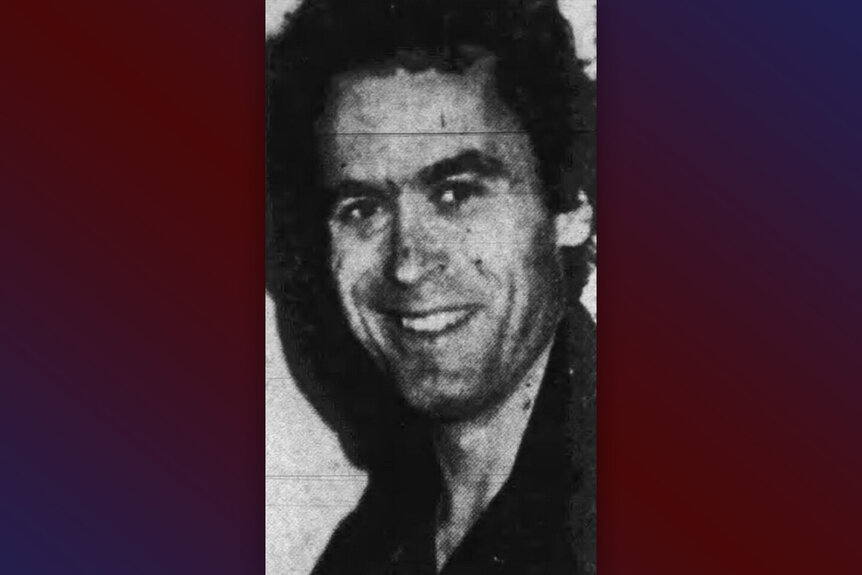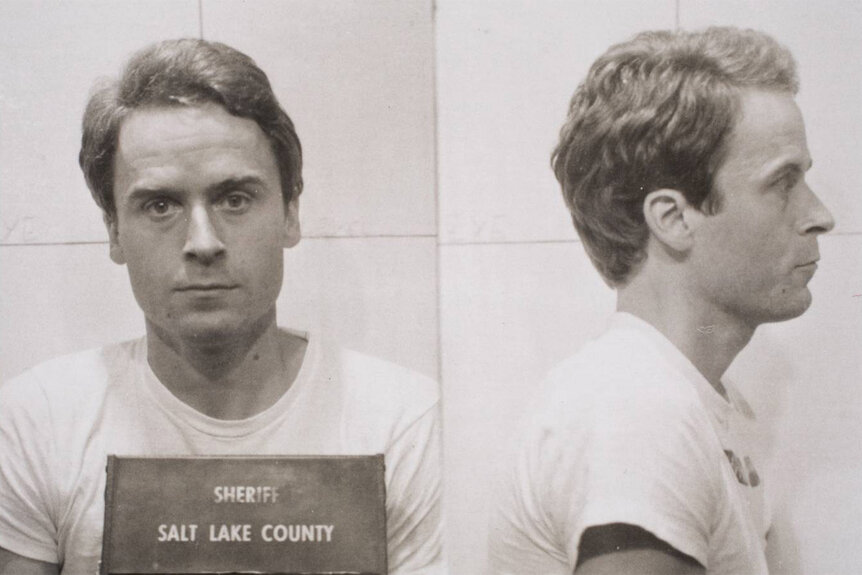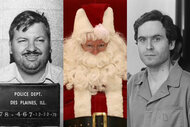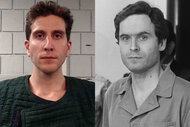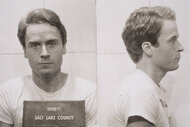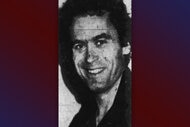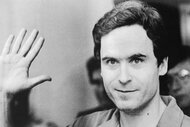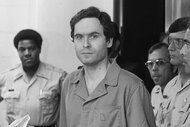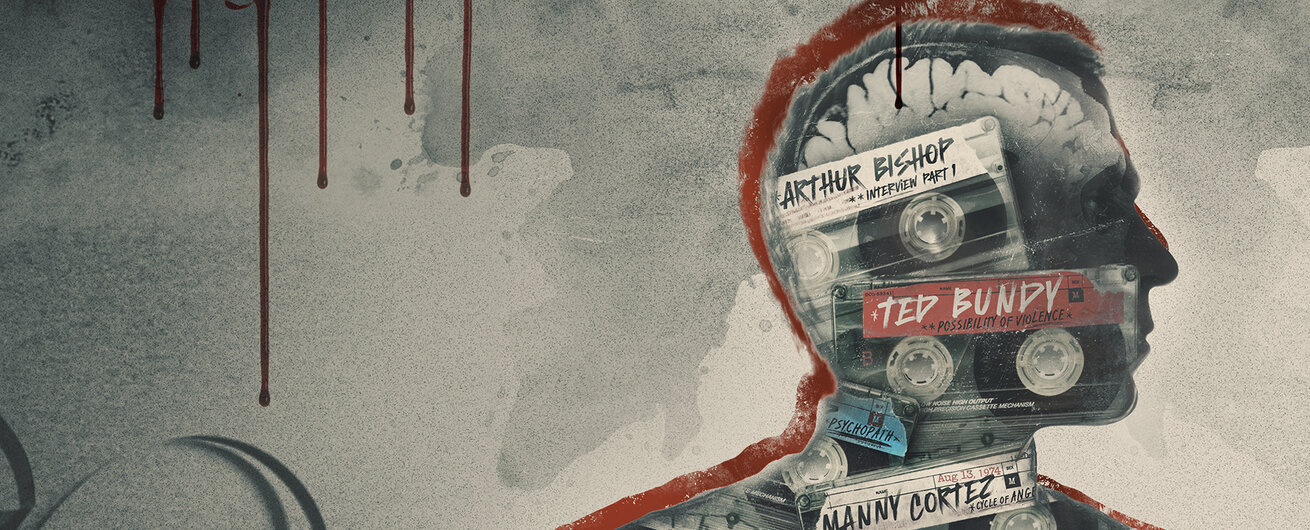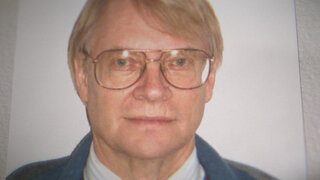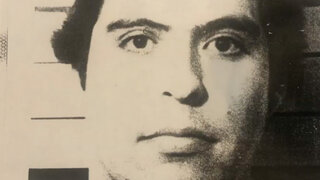Create a free profile to get unlimited access to exclusive videos, breaking news, sweepstakes, and more!
Did Ted Bundy's Murder Spree Begin With Two College Girls In New Jersey?
Ted Bundy's first-known murder victim was killed in 1974 — but some believe the notorious serial killer's killing spree may have begun during a trip to the New Jersey shore.
Ted Bundy is one of the nation’s most notorious serial killers, believed to have taken the lives of at least 30 young women during his years-long reign of terror.
Many believe his first known murder victim was Lynda Ann Healy, a Washington college student who mysteriously vanished in the night from her bed in 1974. But a Utah psychologist suspected Bundy’s killing spree may actually have begun years earlier in New Jersey — and Bundy himself gave some credibility to the theory, according to Oxygen’s “Violent Minds: Killers on Tape.”
The series is based on the work of Al Carlisle, a ground-breaking psychologist at the Utah State Prison where Bundy was once housed. Through his analysis of Bundy, Carlisle developed the theory that serial killers immerse themselves deeper and deeper into a world of fantasy before ultimately carrying out the dark deeds in real life.
He built the theory after studying his early interviews with Bundy in 1976 as part of a court-ordered 90-day psychological evaluation, along with recordings of a later interview forensic psychologist Art Norman carried out with the serial killer in 1986.
In 1969, Bundy was living in Philadelphia and often frequented New York City, where he was drawn to raunchy pornography.
"I think it’s significant that the period when I was living in Philadelphia, I went to New York several times, I took the train up and spent days, you know, haunting 42nd street and Environs,” Bundy told Norman while behind bars in Florida, where he was eventually executed. “I mean that was really, I think it was that experience which pushed me right to the…the absolute limits of my — of being able to vicariously be satisfied.”
Bundy immersed himself in violent pornographic literature as he nursed his wounds from a devastating break up with his first love, a California woman Carlisle referred to by the pseudonym Marjorie.
“Pornographic literature would take it a step further, would take it to, you know, somebody going out and actually abducting women and sexually abusing them and raping them. And it was at the same time when there are other things happening in my life that were…where it really left me, down, lonely, detached,” Bundy said.
That same year, young Illinois college students Elizabeth Perry and Susan Davis mysteriously disappeared during a trip to Ocean City, New Jersey. Davis’ car, a blue convertible, was found abandoned along the Garden State Parkway the morning of May 30, 1969. Three days later, their bodies were discovered just over 200 feet into the woods off the parkway.
"Susan was found face down, approximately 10 feet from Elizabeth,” Christian Barth, author of “The Garden State Parkway Murders: A Cold Case Mystery” said in the series. “Because of the three-day lag, there was an accelerated amount of decomposition. Animals had savaged the bodies, this in turn made it very difficult for detectives to ascertain whether either, or one, of the girls had been sexually assaulted.”
According to Barth, the New Jersey State Police interviewed anywhere from 2,500 to 4,000 people in connection with their investigation and identified multiple suspects, but the case was never solved.
Carlisle came to believe that Bundy may have been responsible for the murders, particularly after hearing the killer's own description of a visit to the Jersey “shore” around the same time as the murders.
“So I spent that whole winter going to New York and doing that thing and getting pushed to the edge with the most sophisticated, explicit pornography available anywhere in this country anyway,” Bundy told Norman in the recordings. “So I had to leave, go back home to the West Coast. It was sort of like a defeated state of mind. But before he does, he decides to just take a little bit of a jaunt to what they call the ‘shore.’”
Bundy often slipped between first and third person when referencing his dark deeds.
He described his trip to the shore as being in the “early summer” of 1969, aligning with the disappearance of the college students.
“After being more or less detached from people, didn’t have any friends, he drove to the shore and walks to the beach and just sees young women lined up along the beach, and it was like an absolute, uh, overwhelming kind of vision,” Bundy said.
For Bundy, the sight may have proved to be more than he could handle.
“Eventually, he found himself tearing around that place for a couple days,” he said. “So, without really even planning anything, picked up a couple of young girls, and ended up being the first time he’d ever done it,” Bundy said.
While Bundy did not provide any specific details, Carlisle’s long-time research assistant Carrie Anne Drazewski-Keller told “Violent Minds: Killers on Tape” that Carlisle believed the notorious killer had been responsible for the murders of Davis and Perry.
“Doc did suspect Ted Bundy’s first murder was in Jersey in 1969,” she said. “He felt that was a very important case to investigate and discover what happened because it had a direct correlation to Ted Bundy’s evolution as a killer.”
Before his death, Carlisle wrote that he believed the murders may have set Bundy on his deadly path.
"Ted had now crossed that final line he had held off from doing it for so long, a tremendous amount of stress had built up. At the point of the killing, Ted felt satisfaction, he had physically destroyed a living person and symbolically destroyed Marjorie and he felt momentary peace,” he wrote. “The killing cycle was complete the process permanently fixed in place and the only thing that would stop him from killing again would be if he were killed himself.”
That’s eventually how Bundy’s story did end. He was arrested in Florida in 1978 after carrying out a brutal massacre at the Chi Omega sorority house at the Florida State University campus and later taking the life of 12-year-old Kimberly Leach.
Bundy was convicted in Florida and sentenced to death for the crimes. Before he was killed, he confessed to killing 30 women — but that didn’t include Davis or Perry.
The charismatic killer tried to bargain with authorities to delay his death sentence by offering to provide more details about the women he killed, but authorities didn’t take the bait.
Bundy was executed by electric chair on Jan. 24, 1989.
It’s estimated he may have killed up to 100 women during his killing spree, but the true depth of his acts may have been taken with him to the grave.
To learn more about Carlisle’s analysis of other killers, tune in to “Violent Minds: Killers on Tape” Sundays at 7/6c on Oxygen.
